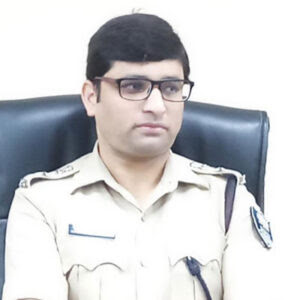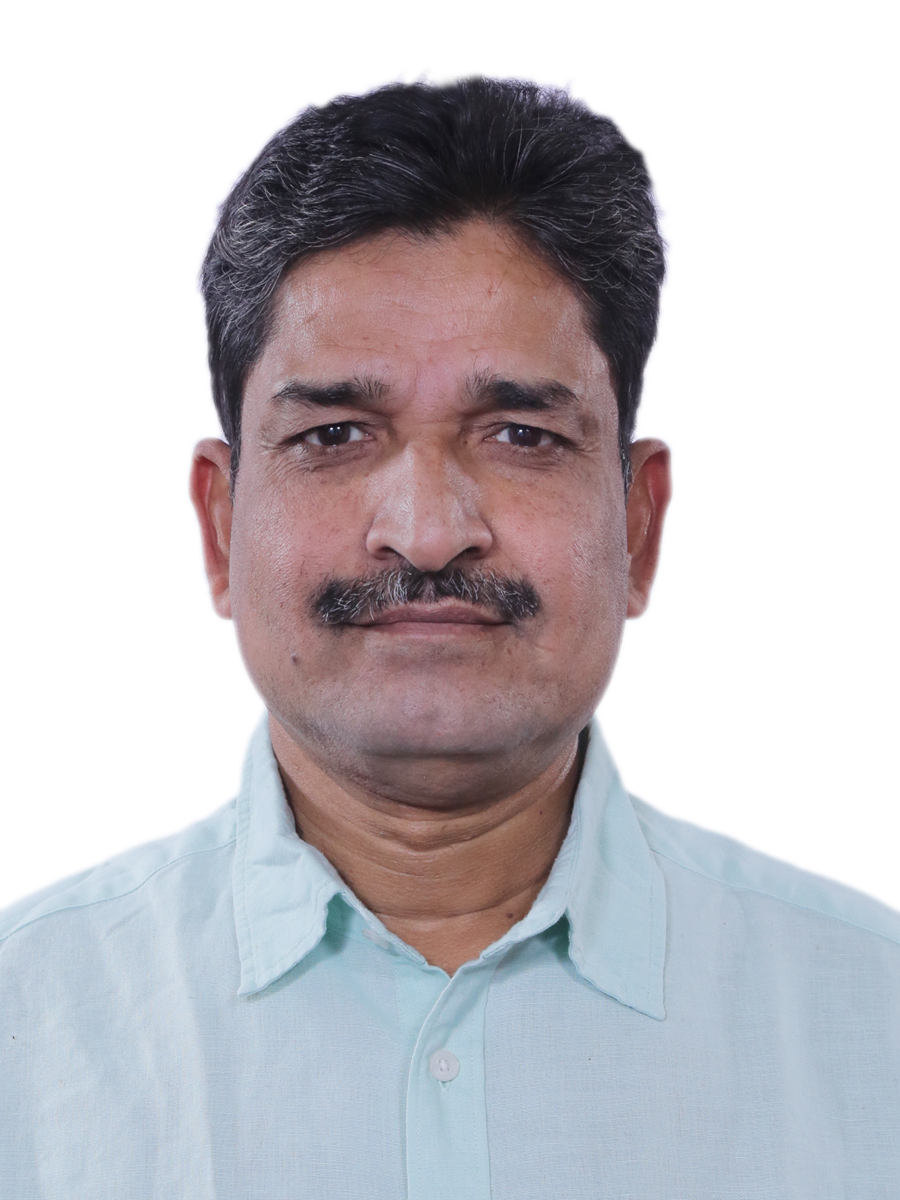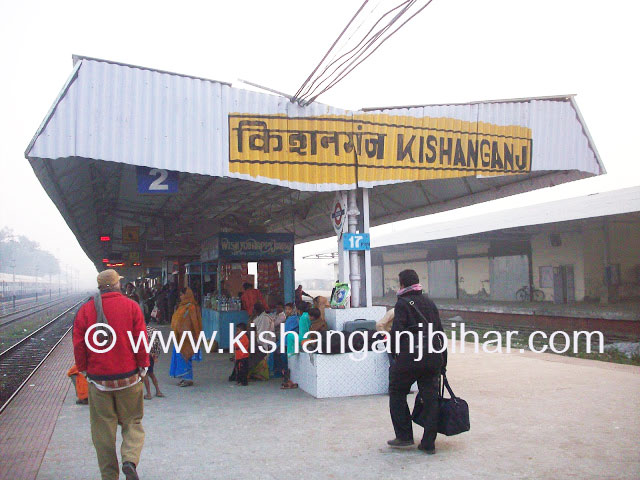Fastfacts about Bodhgaya
Location: Gaya District of Bihar.
Famous As: Enlightenment Site of Buddha, Sacred Place of Buddhism
Major Attractions: Mahabodhi Temple, Monasteries, Hindu Temples, Bodhi Tree
Nearby Destinations: Gaya (12 km), Rajgir (65 km), Patna (140 km) and Kolkata (485 km)
Climate of Bodhgaya - Maximum temperature in summer rises to 45-47 degree Celsius and minimum is 27 degree, while in winter maximum is 28 degree and minimum is 4 degree. It receives an annual rainfall of 1,860 mm. Although the pilgrimage season starts in September, the best time to visit Bodhgaya is between November and February. This is when the daytime temperature is normally a pleasant 14° to 18°C in the night it drops to 4°C. In April, when the Buddha Jayanti is celebrated, a large number of devotees flock to Bodhgaya from the world over, but it is terribly hot. June is the hottest month and is certainly avoidable as the temperature can soar to a searing 47°C; in the night it drops to a still warm, 28°C. June-end to September is the monsoon. If you intend to meditate under the Bodhi tree, you will have to bear with either heat, rain or crowds of devotees.
Clothing: Light cotton in summer and woolen in winter (specially during November to January).
The Mahabodhi Temple - An imposing brick structure, Mahabodhi Templet is enclosed on three sides by an ancient stone railing. The temple celebrates the birth of Buddhism, for it is under a tree adjacent to this temple, that Prince Siddhartha became the Buddha by attaining enlightenment. The Mahabodhi temple has a giant pyramidal structure (sikhara) which rises to a height of 54 m. It has a quadrangular base and four spires at the corners. It can be seen for miles around and distinguishes Bodhgaya from other Buddhist centres. Inside it you will see a gilded image of the Buddha. The present structure was most recently renovated in the 1880s, but is believed to have been rebuilt and restored during the 6 and 7th centuries and again in the 11th Century. In 1956 the temple was renovated with the help of large international grants. Today the restored temple looks majestic and enchant all with its beauty.
Stupas - The Mahabodhi temple complex is dotted with a number of stupas. A majority of them date back to the Pala period (8th to 12th century) though there are older ones too. These stupas were built by pilgrims who came from Buddhist countries like Burma (Myanmar), Sri Lanka, and Tibet. You can easily identify the colourfully painted Tibetan stupas.
Ashoka's Pillar - At the south-east corner of the temple stands a part of the Ashokan pillar. Originally erected at Bodhgaya, this pillar was found near Gaya and was moved here in 1956.
Animesh Lochan - This whitewashed temple stands slightly off the walk to the Mahabodhi temple. It is a miniature of the Mahabodhi temple and is said to mark the spot where the Buddha spent a week gazing at the Bodhi tree in gratitude after attaining enlightenment. He is supposed to have stood here unblinking (animesh). Hindu pilgrims also frequent this spot since they worship Buddha as the ninth incarnation of Vishnu.
Stone Railing - Actually the remains of a massive stone railing, the Stona Rallings are at present found enclosing the Great Temple on three sides along its plinth. The western side of railing provides with a small entrance facing the Bodhi tree. The total height of the railing from ground level is about 10-ft. Part of the railing is of sandstone while part is of granite. The railing bears carvings such as sculptured panels, medallions, and other ornamental patterns, those on the sandstone portion differing materially from those on the granite portion.
Bodhi Tree - Bodhi Tree is a sacred Pippal Tree (Ficus Religiosa) under which Prince Siddhartha became Buddha - the Enlightened One. It is believed to have continued to exist since the days of the Buddha. The present tree is believed to be the fourth or fifth generation offspring of the original.
Vajrasana - The Diamond Throne(Vajrasana) is a polished platform made of gray sandstone. It was perhaps placed by the Emperor Ashoka underneath the Bodhi tree against the western wall of the great temple. It represents that place where Lord Buddha sat in deep meditation and attained the Supreme Enlightenment.
Jewel Walk - According to Buddhist faith, Buddha walked to and fro near the sacred tree for seven days, immediately after attaining the Supreme Enlightenment. The spot where he so walked appear to have become sacred quite early and a shrine was built over it in about 1st century B.C.
Muchalinda Tank – Just close to the south of the Great Mahabodhi Temple is a sacred tank named after Nagaraja Muchalinda (the serpent king) who, according to tradition, protected Lord Buddha from storm and rains while he was engrossed in a deep meditation after attaining the Supreme Enlightenment.
Hindu Temples - Within the premises of the Mahabodhi temple, is a row of Hindu shrines. These temples probably came up during the period of struggle between Brahmanical and Buddhist sects. The first of these shrines has an interesting collection of Buddha statues that are now confusingly dressed up to look like Hindu deities. Brahman priests here, who look distinctly different from the Buddhist monks, will probably ask you for a donation.
Niranjana or Falgu River - This river is a natural landmark that attracts tourists who like to wade in the water to cool off, especially in the summer. The river is wide, sandy and shallow even in the rainy season. It's a great picnic spot for tourists who want to sit around on the banks under shady trees.
Sujata's Stupa - According to legend, when Prince Siddhartha was ailing after practising severe penance, a woman named Sujata offered him some kheer (rice pudding) which helped him recover miraculously. This stupa is supposed to mark the spot where she found him.
Archaeological Museum - Near the ITDC Ashok hotel and a short walk from the temple, is a museum with a large, interesting collection of relics (Buddhist and Hindu) along with terracotta seals, scriptures and railings/pillars from the Sunga period (1 BC to 1 AD). You can admire the ancient statues of the Buddha and the Bodhisattvas, one of which has an inscription that dates back to 383 AD. Also on display, is a carved stone model of the original temple, found during excavation. Entry to the museum costs Rs 5. It is open from 10 am to 5 pm and closed on Friday. If you happen to visit the museum during the off-season period, insist on the hall lights being switched on.
Modern monasteries - Buddhists of different countries have, over the years, built temples in their own particular architectural styles in Bodhgaya. Some of them are worth a visit: Tibetan temple of the Gelgupa (yellow cap) sect, The Chinese Temple, Bhutanese Temple, Small Tibetan temple built by the Kagyu, two Japanese temples (the Daijokyo and Indosan Nipponji).
How to Reach Bodhgaya
By Air: The nearest airport is located at Gaya, about 10 kms away. However, the closest major airport is situated in Patna called Jai Prakash Narain International Airport (about 140 kms away), which is served by flights from New Delhi, Ranchi, Kolkata, Lucknow, Chennai and Mumbai.
By Rail: Gaya Junction is the nearest railway station from Bodhgaya. Several superfast as well as express trains are available from Gaya. Gaya is situated on the main Delhi to Kolkata rail line and there are direct trains to Delhi, Kolkata, Varanasi, Puri and Patna.
By Road: Bihar State Road Transport Corporation (SRTC) has bus services to Gaya, Patna, Nalanda and Rajgir. The main bus stand is opposite the Mahabodhi Temple. Private buses and taxis are also easily available to and from Bodhgaya.
Local Transport: Auto rickshaws, Cycle-rickshaws and tangas are available as local modes of transport.
Where to Stay at Bodhgaya
Budget and star category hotels are available at Bodhgaya and also at nearby town of Gaya. Bihar State Tourism Development Corporation's Hotels at Bodhgaya . Tariff range: Rs.75/- for Dormitory bed and Rs. 650/- for Double bed rooms. Private Hotels, Rest houses and, Dharmshalas are also available at Gaya.
Hotels at Bodhgaya
- Hotel Embassy, Bodhgaya
- Hotel Heritage, Bodhgaya
- Hotel Prince, Bodhgaya
- Hotel RK International, Bodhgaya
- Hotel Sujata, Bodhgaya
- Hotel Taj Darbar, Bodhgaya
- Hotel Tathagat International, Bodhgaya
- Hotel Thai International, Bodhgaya
- Hotel Tokyo Vihara,Bodhgaya
- Hotel Vishal International, Bodhgaya
- Lotus Nikko, Bodhgaya
- Hotel Uruvela International, Bodhgaya
- Hotel Niranjan, Bodhgaya
- Hotel Delta International, Bodhgaya
- Hotel Shashi International, Bodhgaya
You can book the hotels in Bodhgaya by calling the hotelier in advance. Many online travel portals esspecially http://www.makemytrip.com/ offers online booking facility for hotels in Bodhgaya at cheap rates.
Hotels at Bodhgaya
- Hotel Embassy, Bodhgaya
- Hotel Heritage, Bodhgaya
- Hotel Prince, Bodhgaya
- Hotel RK International, Bodhgaya
- Hotel Sujata, Bodhgaya
- Hotel Taj Darbar, Bodhgaya
- Hotel Tathagat International, Bodhgaya
- Hotel Thai International, Bodhgaya
- Hotel Tokyo Vihara,Bodhgaya
- Hotel Vishal International, Bodhgaya
- Lotus Nikko, Bodhgaya
- Hotel Uruvela International, Bodhgaya
- Hotel Niranjan, Bodhgaya
- Hotel Delta International, Bodhgaya
- Hotel Shashi International, Bodhgaya
You can book the hotels in Bodhgaya by calling the hotelier in advance. Many online travel portals esspecially http://www.makemytrip.com/ offers online booking facility for hotels in Bodhgaya at cheap rates.











